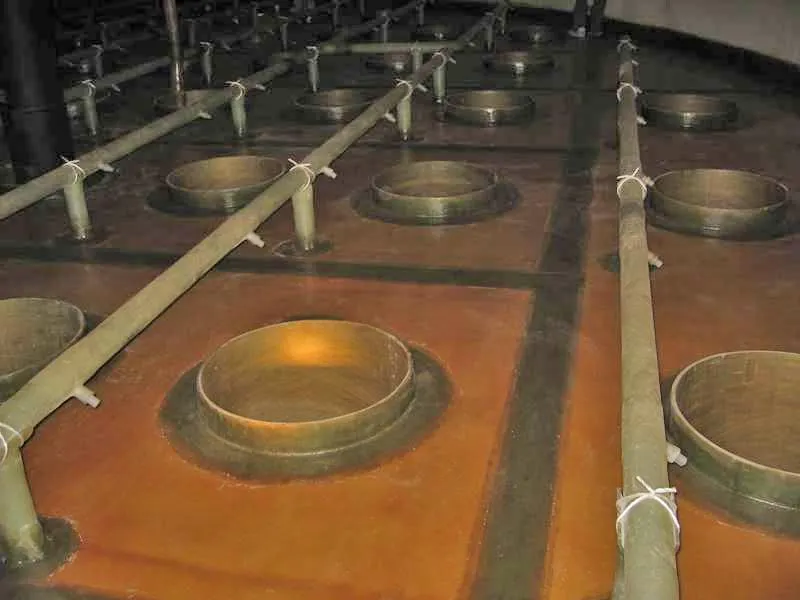
-
 Afrikaans
Afrikaans -
 Albanian
Albanian -
 Amharic
Amharic -
 Arabic
Arabic -
 Armenian
Armenian -
 Azerbaijani
Azerbaijani -
 Basque
Basque -
 Belarusian
Belarusian -
 Bengali
Bengali -
 Bosnian
Bosnian -
 Bulgarian
Bulgarian -
 Catalan
Catalan -
 Cebuano
Cebuano -
 China
China -
 China (Taiwan)
China (Taiwan) -
 Corsican
Corsican -
 Croatian
Croatian -
 Czech
Czech -
 Danish
Danish -
 Dutch
Dutch -
 English
English -
 Esperanto
Esperanto -
 Estonian
Estonian -
 Finnish
Finnish -
 French
French -
 Frisian
Frisian -
 Galician
Galician -
 Georgian
Georgian -
 German
German -
 Greek
Greek -
 Gujarati
Gujarati -
 Haitian Creole
Haitian Creole -
 hausa
hausa -
 hawaiian
hawaiian -
 Hebrew
Hebrew -
 Hindi
Hindi -
 Miao
Miao -
 Hungarian
Hungarian -
 Icelandic
Icelandic -
 igbo
igbo -
 Indonesian
Indonesian -
 irish
irish -
 Italian
Italian -
 Japanese
Japanese -
 Javanese
Javanese -
 Kannada
Kannada -
 kazakh
kazakh -
 Khmer
Khmer -
 Rwandese
Rwandese -
 Korean
Korean -
 Kurdish
Kurdish -
 Kyrgyz
Kyrgyz -
 Lao
Lao -
 Latin
Latin -
 Latvian
Latvian -
 Lithuanian
Lithuanian -
 Luxembourgish
Luxembourgish -
 Macedonian
Macedonian -
 Malgashi
Malgashi -
 Malay
Malay -
 Malayalam
Malayalam -
 Maltese
Maltese -
 Maori
Maori -
 Marathi
Marathi -
 Mongolian
Mongolian -
 Myanmar
Myanmar -
 Nepali
Nepali -
 Norwegian
Norwegian -
 Norwegian
Norwegian -
 Occitan
Occitan -
 Pashto
Pashto -
 Persian
Persian -
 Polish
Polish -
 Portuguese
Portuguese -
 Punjabi
Punjabi -
 Romanian
Romanian -
 Russian
Russian -
 Samoan
Samoan -
 Scottish Gaelic
Scottish Gaelic -
 Serbian
Serbian -
 Sesotho
Sesotho -
 Shona
Shona -
 Sindhi
Sindhi -
 Sinhala
Sinhala -
 Slovak
Slovak -
 Slovenian
Slovenian -
 Somali
Somali -
 Spanish
Spanish -
 Sundanese
Sundanese -
 Swahili
Swahili -
 Swedish
Swedish -
 Tagalog
Tagalog -
 Tajik
Tajik -
 Tamil
Tamil -
 Tatar
Tatar -
 Telugu
Telugu -
 Thai
Thai -
 Turkish
Turkish -
 Turkmen
Turkmen -
 Ukrainian
Ukrainian -
 Urdu
Urdu -
 Uighur
Uighur -
 Uzbek
Uzbek -
 Vietnamese
Vietnamese -
 Welsh
Welsh -
 Bantu
Bantu -
 Yiddish
Yiddish -
 Yoruba
Yoruba -
 Zulu
Zulu
grp vessel
The Significance of GRP Vessels in Modern Industry
In recent years, the demand for innovative materials in various industries has gained considerable momentum. Among these advancements, Glass Reinforced Plastic (GRP), also known as fiberglass, has emerged as a leading material, particularly in vessel manufacturing. GRP vessels, which are made by combining glass fibers with a plastic matrix, offer a multitude of advantages that have made them increasingly popular across sectors such as marine, chemical storage, and even water treatment.
Understanding GRP Vessels
GRP vessels are constructed using a composite material that consists primarily of glass fibers embedded in a polymer matrix. The glass fibers provide strength, while the plastic matrix ensures resistance to environmental degradation. This combination results in a lightweight yet robust vessel capable of withstanding a wide range of operating conditions.
The manufacturing process of GRP vessels involves using techniques such as hand lay-up, spray-up, and filament winding, depending on the specifications necessary for the final product. The versatility of the manufacturing process allows for customized shapes and sizes, which is invaluable for businesses requiring specific configurations to meet their operational needs.
Advantages of GRP Vessels
One of the most compelling advantages of GRP vessels is their corrosion resistance. Unlike traditional materials such as steel or aluminum, GRP does not rust or corrode, allowing vessels to maintain their integrity even when exposed to harsh chemicals or extreme environmental conditions. This feature makes GRP vessels ideal for industries that handle corrosive substances, such as chemical processing plants and wastewater treatment facilities.
grp vessel

In addition to their corrosion resistance, GRP vessels are lightweight. Their reduced weight compared to steel counterparts not only simplifies transport but also eases installation processes. This characteristic can lead to considerable cost savings in terms of shipping and structural support requirements. Furthermore, the lightweight nature of GRP contributes to increased fuel efficiency in marine applications, making them an attractive option for the shipping industry.
Another significant advantage of GRP vessels is their thermal insulation properties. The material does not conduct heat as effectively as metals, which means that GRP vessels can maintain the temperature of their contents more efficiently. This thermally insulating property is particularly beneficial for applications involving temperature-sensitive materials, such as the storage of certain chemicals and food products.
Environmental Benefits
The environmental advantages of GRP vessels are also noteworthy. In today’s industry, sustainability is a critical concern, and manufacturers are increasingly looking for ways to reduce their ecological footprints. The longevity of GRP vessels, thanks to their resistance to corrosion and wear, means less frequent replacements are required. This durability contributes to decreased waste and fewer resources used in manufacturing new vessels. Additionally, many companies are exploring recycling methods for GRP materials, further enhancing the sustainability of these products.
Conclusion
As industries continue to evolve and seek materials that promote efficiency, durability, and sustainability, GRP vessels are poised to play a pivotal role. Their exceptional corrosion resistance, lightweight structure, and insulating properties position them as the material of choice for a variety of applications, from marine environments to chemical plants. As research and technology in composite materials advance, we can anticipate improvements in the performance and capabilities of GRP vessels, fostering even greater innovation in industrial practices.
In a world that demands adaptability and resilience, GRP vessels exemplify how modern materials can not only meet but exceed the needs of contemporary industrial applications. As businesses increasingly prioritize sustainability and efficiency, the rise of GRP vessels signals a shift towards more responsible manufacturing practices and resource management in the years to come.









